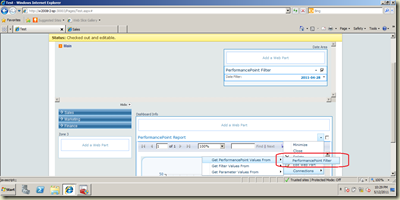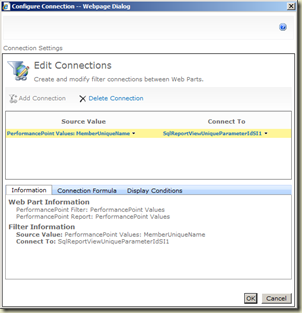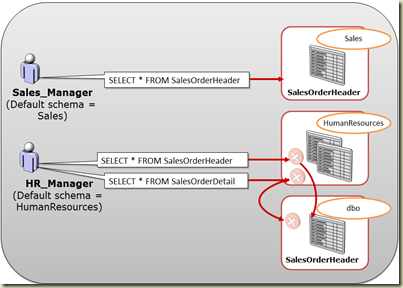This is not about processes or usage of Business Intelligence solutions, it is about usage of this term. Unfortunately it looks like this is unknown to many (Unawareness for this is reasonable but I can remember that when a picture of Charles Babbage is shown at a session, many did not recognize or aware of him).
The term “Business Intelligence” firstly appeared in 1958. It was used by a IBM researcher, Hans Peter Luhn, in one of his articles. His definition for it was;
“The ability to apprehend the interrelationships of presented facts in such a way as to guide action towards a desired goal”
Although Hans introduced (or used) this word for processes related to business intelligence, it was not a widespread term until late 1990s. It was the time for Decision Support Systems. In 1989, Howard Dresner proposed “Business Intelligence” as an umbrella term but it looks like the real usage of the term started in 1996. Later Howard became an Analyst for Gartner Group, and it is Gartner Group (Gartner, Inc.) who labeled this on collective technology used for DSSs. This is how it was published;
“Data analysis, reporting, and query tools can help business users wade through a sea of data to synthesize valuable information from it—today these tools collectively fall into a category called ‘Business Intelligence.’”


